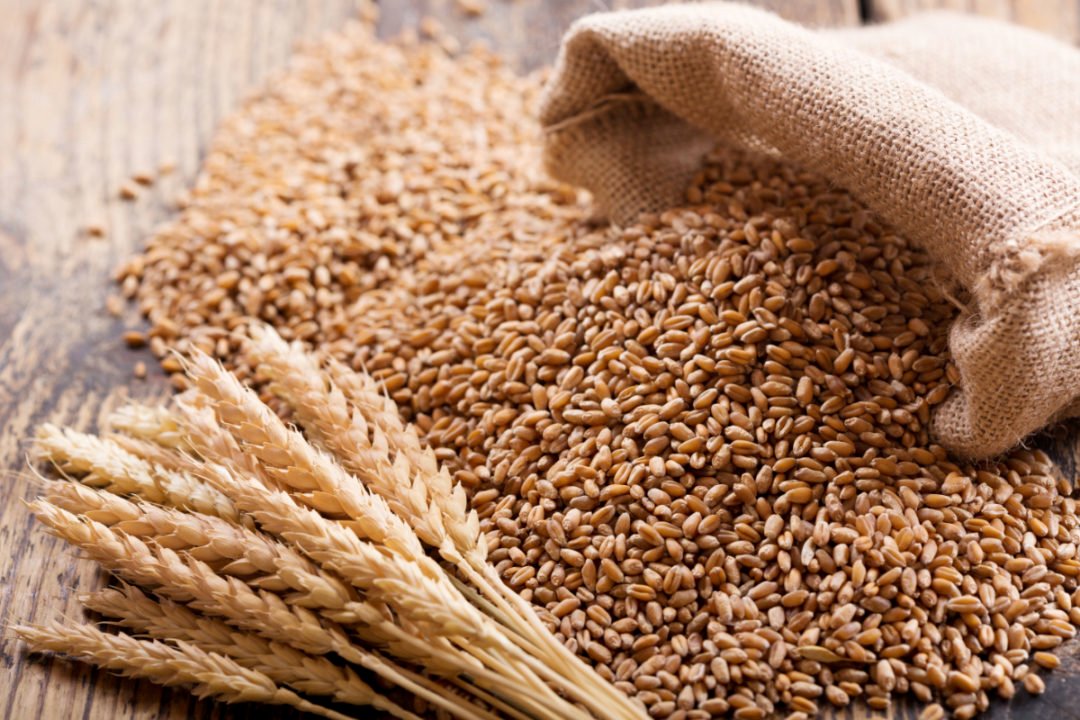Punjab, holding a substantial 76% share in total wheat sowing, achieved an outstanding 109% of its set targets
In a significant agricultural development, wheat sowing for the Rabi season 2023-24 in the country has witnessed a notable upswing, surging by 7.5% compared to the corresponding period last year, attributed largely to the incentives introduced by the government.
As reported by Food Security Commissioner Imtiaz Ali Gopang from the Ministry of National Food Security and Research, the wheat sowing has been completed over 23.69 million acres, surpassing the set target of 22.22 million acres.
The achieved targets represent an impressive 107% completion rate, with two major grain-producing provinces, Sindh and Punjab, outperforming expectations. The recent post-flood conditions in Sindh played a role in boosting wheat sowing, benefitting from optimal moisture in fields and prompting farmers to switch from oilseed to wheat due to better returns.
Punjab, holding a substantial 76% share in total wheat sowing, achieved an outstanding 109% of its set targets. The province completed wheat sowing over 16.48 million acres, exceeding the fixed target of 15.99 million acres. Notably, the wheat sowing campaign for the Rabi season 2023-24 in Punjab was characterized by effective coordination.
The data from Provincial Crop Reporting Services indicates that Sindh Province achieved 106.66% of its targets, with wheat cultivation completed over 3.16 million acres, surpassing the set target of 2.97 million acres. Khyber Pakhtunkhwa also achieved its wheat sowing targets by 100%, completing crop cultivation over 1.93 million acres as compared to the set target of 1.93 million acres during the current season.
Balochistan Province joins the success story, achieving 100% of its wheat sowing targets for the current season, as reported by Provincial Crop Reporting Services.
This robust performance in wheat sowing not only meets local staple food requirements but also contributes to maintaining strategic reserves throughout the year. The success is attributed to the combination of government incentives, favorable post-flood conditions, and coordinated efforts in major wheat-producing provinces, showcasing the resilience and adaptability of the agricultural sector.
